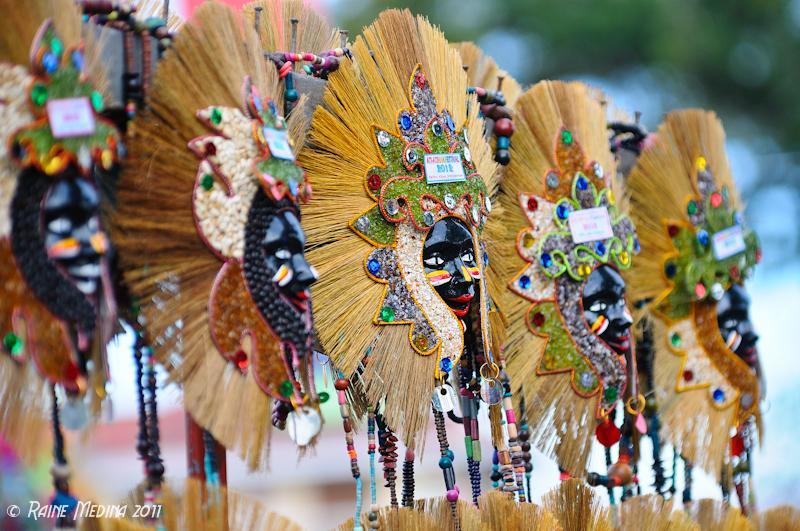
Ati-Atihan Festival Parade 2012
Ati-Atihan Festival is one of the many reasons why the province of Aklan is popular in the country. The festival is a yearly celebration that runs on the third Sunday of January in the town of Kalibo. It aims to honor the Sto. Niño, the Holy Child Jesus, and to give thanks for having a bountiful life throughout the years. This festivity not just adds up to the tourism of Aklan but also to the tourism in the Philippines.
It is one of the grandest festivals in the Philippines. It has a variety of versions in other provinces such as the Dinagyang of Iloilo, Sinulog of Cebu and other local fiestas that honor Sto. Niño.
This year's celebration is another history. The town celebrates the religious feast for almost 800 years. This must be the oldest festival in the Philippines. Once again, the festival was celebrated last January, 15 2012, the chief day of celebration where the street dance competition was held.
About 33 groups participated in the competition. They were all wearing colorful costumes and painted with black soot. It represents the tribe of Aetas, the primary settlers in the islands according to history. Every group had a representation of Sto. Niño icon which was the center of their performances.
The streets in the town became colorful and lively because of the street dance parade, one the highlights of the event. The Parade was filled with marching bands that made the audience dance in the rhythm of the sound.
The festival featured various activities and contests during the celebration where lots of people, especially devotees, attended and joined the event.
Gallery
Ati-Atihan Festival 2012




________________________________________________________________________________________________
Background
The name "Ati-Atihan" means "to be like Aetas" or "make believe Ati's." Aetas were the primary settlers in the islands according to history books. They too are the earliest settlers of Panay Island where the province of Aklan is situated.
The festival is consisted of tribal dance and music, accompanied by indigenous costumes and weapons paraded along the street. Christians and non-Christians observe this day with religious processions. It has inspired many other Philippine Festivals including the Sinulog Festival of Cebu and Dinagyang of Iloilo, both adaptations of the Kalibo Ati-Atihan Festival.
History
A 13th century (c.1200 A.D.) event explains the origins of the festival. A group of 10 Malay chieftains called Datus fleeing from the island of Borneo settled in the Philippines and were granted settlement by the Ati people, the tribes of Panay Island. Datu Puti, Makatunaw's chief minister made a trade with the natives and bought the plains for a golden salakot, brass basins and bales of cloth. For the wife of the Ati chieftain, they gave a very long necklace. Feasting and festivities followed soon after.
Some time later, the Ati people were struggling with famine as the result of a bad harvest. They were forced to descend from their mountain village into the settlement below, to seek the generosity of the people who now lived there. The Datus obliged and gave them food. In return, the Ati danced and sang for them, grateful for the gifts they had been given.
The Ati-Atihan was originally a pagan festival from this tribe practicing Animism, and their worshiping of anito god. Spanish missionaries gradually added a Christian meaning. Today, the Ati-Atihan is celebrated as a religious festival.
Events
The people attend masses for the Santo Niño, and benefit dances sponsored by government organizations. The formal opening mass emphasizes the festival’s religious event. The procession begins with a rhythmic drumbeats, and dances parading along the street. The second day begins at dawn with a rosary procession, which ends with a community mass, and procession. The phrase "Hala Bira! Pwera Pasma!" is originally associated with the Sto. Nino Ati-Atihan Festival as the revelers and devotees keep on going with the festivities all over the town from morning to the wee hours of the next morning, rain or shine, for one week or even more. They believe that the miraculous Child Jesus will protect them from harm and illness. The highlight of the festival occurs on the last day, the third Sunday of January, when groups representing different tribes compete for tourists' attention and prizes. The festival ends with a procession of thousands of people carrying torches and different kinds of images of the Santo Niño. The contest winners are announced at a masquerade ball which officially ends the festival.










